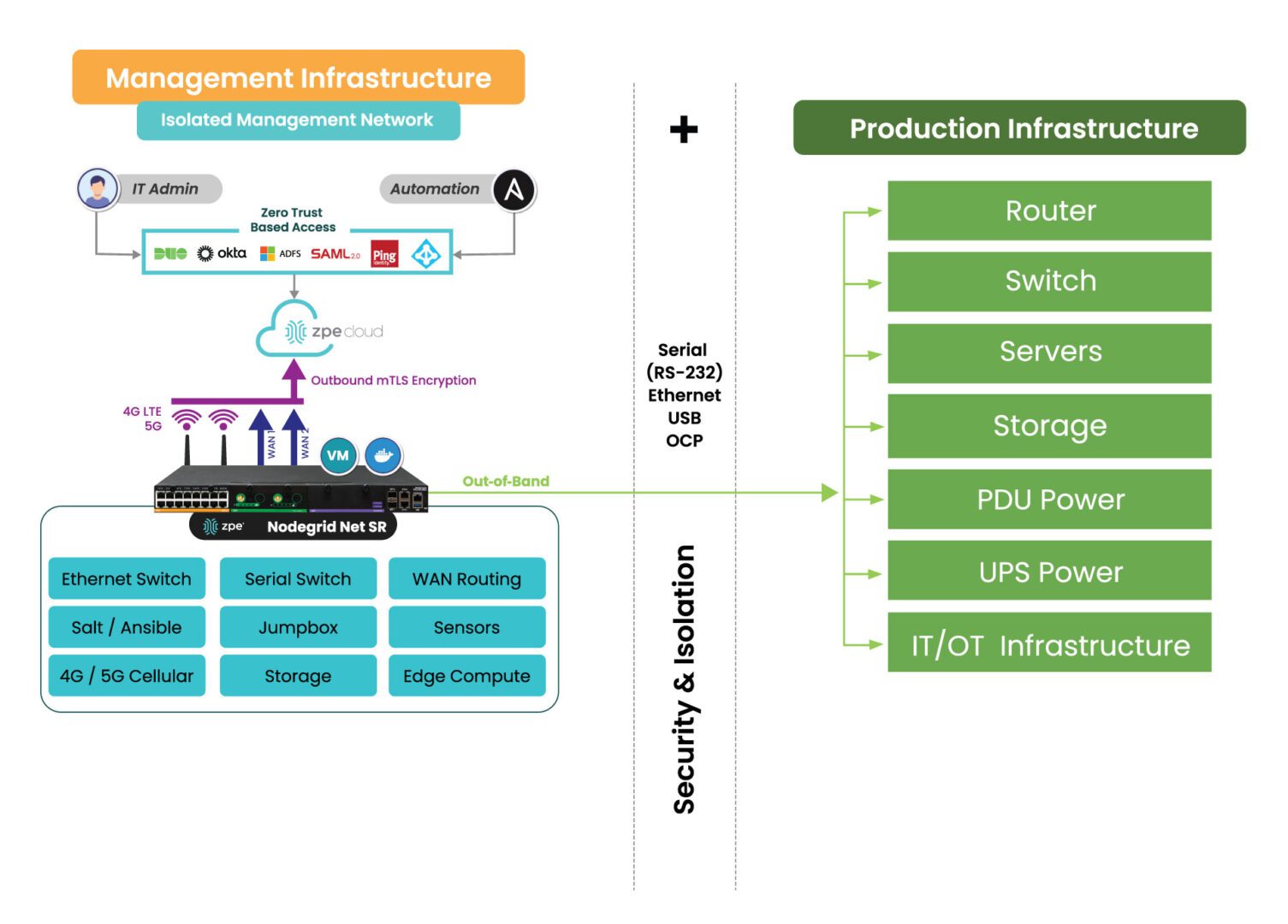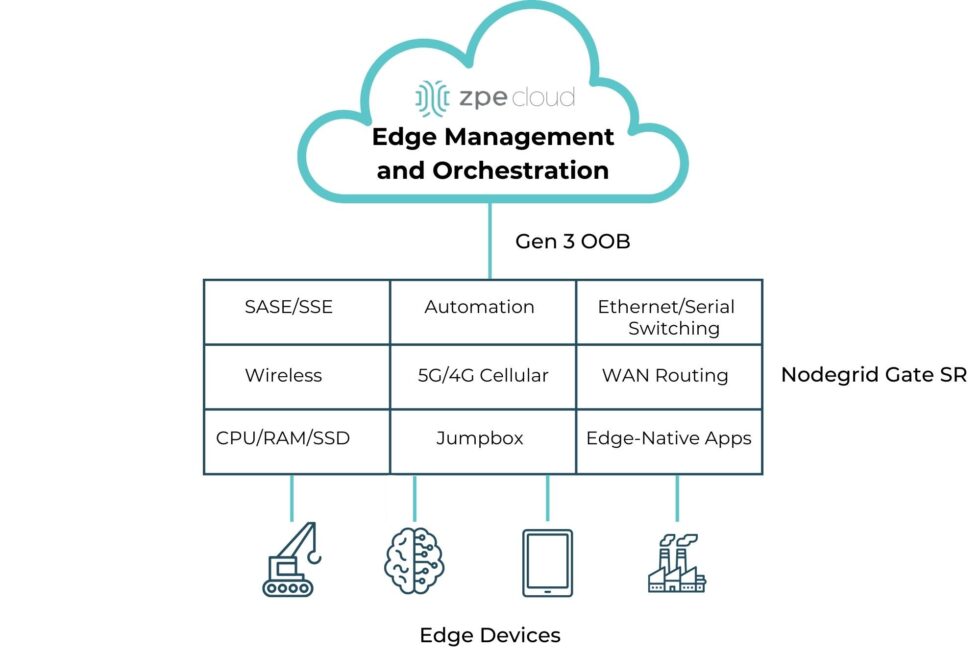
This blog describes four edge computing use cases in telecom before describing the benefits and best practices for edge computing in the telecommunications industry.
4 Edge computing use cases in telecom
1. Enhancing the customer experience with real-time analytics
Each customer interaction, from sales calls to repair requests and service complaints, is a chance to collect and leverage data to improve the experience in the future. Transferring that data from customer sites, regional branches, and customer service centers to a centralized data analysis application takes time, creates network latency, and can make it more difficult to get localized and context-specific insights. Edge computing allows telecom companies to analyze valuable customer experience data, such as network speed, uptime (or downtime) count, and number of support contacts in real-time, providing better opportunities to identify and correct issues before they go on to affect future interactions.
2. Streamlining remote infrastructure management and recovery with AIOps
AIOps helps telecom companies manage complex, distributed network infrastructure more efficiently. AIOps (artificial intelligence for IT operations) uses advanced machine learning algorithms to analyze infrastructure monitoring data and provide maintenance recommendations, automated incident management, and simple issue remediation. Deploying AIOps on edge computing devices at each telecom site enables real-time analysis, detection, and response, helping to reduce the duration of service disruptions. For example, AIOps can perform automated root-cause analysis (RCA) to help identify the source of a regional outage before technicians arrive on-site, allowing them to dive right into the repair. Edge AIOps solutions can also continue functioning even if the site is cut off from the WAN or Internet, potentially self-healing downed networks without the need to deploy repair techs on-site.
3. Preventing environmental conditions from damaging remote equipment
Telecommunications equipment is often deployed in less-than-ideal operating conditions, such as unventilated closets and remote cell site shelters. Heat, humidity, and air particulates can shorten the lifespan of critical equipment or cause expensive service failures, which is why it’s recommended to use environmental monitoring sensors to detect and alert remote technicians to problems. Edge computing applications can analyze environmental monitoring data in real-time and send alerts to nearby personnel much faster than cloud- or data center-based solutions, ensuring major fluctuations are corrected before they damage critical equipment.
4. Improving operational efficiency with network virtualization and consolidation
Another way to reduce management complexity – as well as overhead and operating expenses – is through virtualization and consolidation. Network functions virtualization (NFV) virtualizes networking equipment like load balancers, firewalls, routers, and WAN gateways, turning them into software that can be deployed anywhere – including edge computing devices. This significantly reduces the physical tech stack at each site, consolidating once-complicated network infrastructure into, in some cases, a single device. For example, the Nodegrid Gate SR provides a vendor-neutral edge computing platform that supports third-party NFVs while also including critical edge networking functionality like out-of-band (OOB) serial console management and 5G/4G cellular failover.
Edge computing in telecom: Benefits and best practices
Edge computing can help telecommunications companies:
- Get actionable insights that can be leveraged in real-time to improve network performance, service reliability, and the support experience.
- Reduce network latency by processing more data at each site instead of transmitting it to the cloud or data center for analysis.
- Lower CAPEX and OPEX at each site by consolidating the tech stack and automating management workflows with AIOps.
- Prevent downtime with real-time analysis of environmental and equipment monitoring data to catch problems before they escalate.
- Accelerate recovery with real-time, AIOps root-cause analysis and simple incident remediation that continues functioning even if the site is cut off from the WAN or Internet.
Management infrastructure isolation, which is recommended by CISA and required by regulations like DORA, is the best practice for improving edge resilience and ensuring a speedy recovery from failures and breaches. Isolated management infrastructure (IMI) prevents compromised accounts, ransomware, and other threats from moving laterally from production resources to the interfaces used to control critical network infrastructure.

Vendor-neutral platforms help reduce hardware overhead costs to deploy new edge sites, make it easy to spin-up new NFVs to meet increased demand, and allow telecom organizations to explore different edge software capabilities without costly hardware upgrades. For example, the Nodegrid Gate SR is available with an Nvidia Jetson Nano card that’s optimized for AI workloads, so companies can run innovative artificial intelligence at the edge alongside networking and infrastructure management workloads rather than purchasing expensive, dedicated GPU resources.

Streamlined, cost-effective edge computing with Nodegrid
Nodegrid’s flexible, vendor-neutral platform adapts to all edge computing use cases in telecom. Watch a demo to see Nodegrid’s telecom solutions in action.
